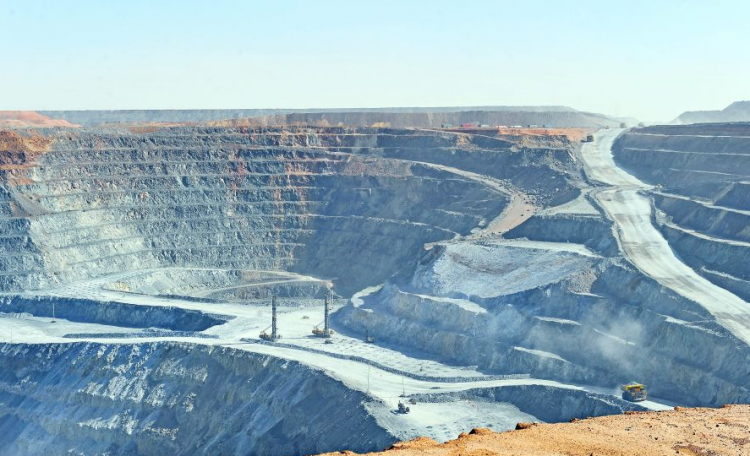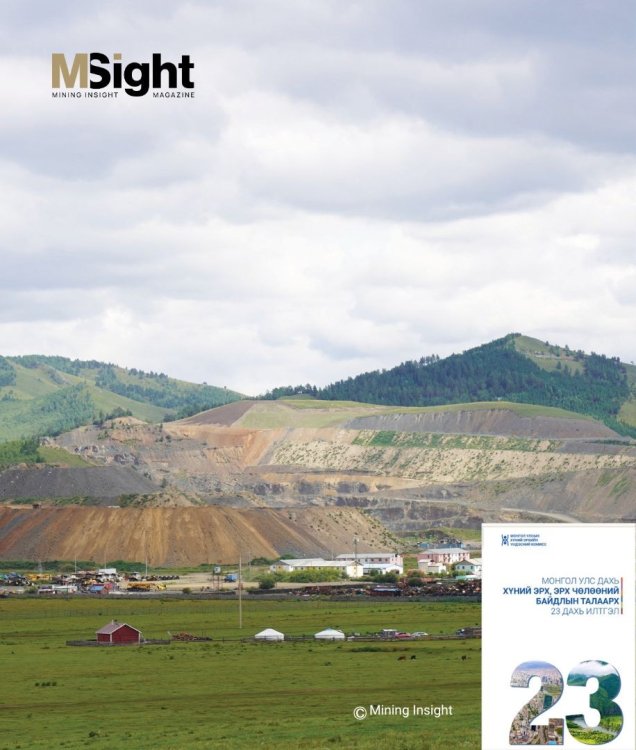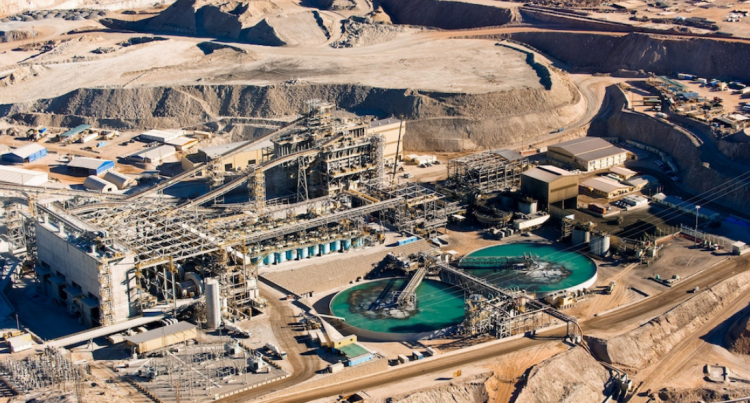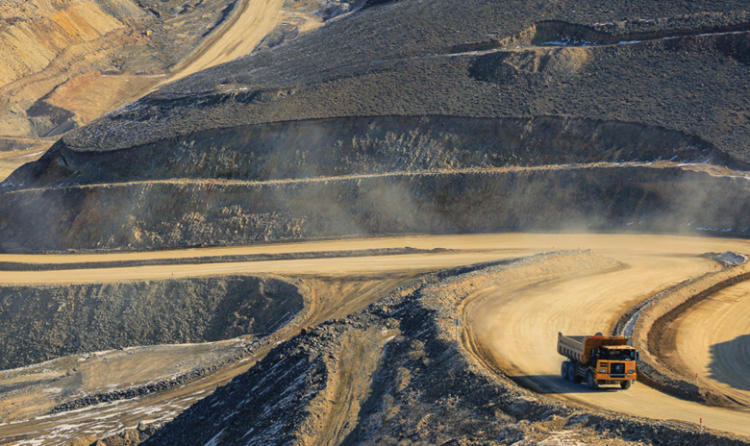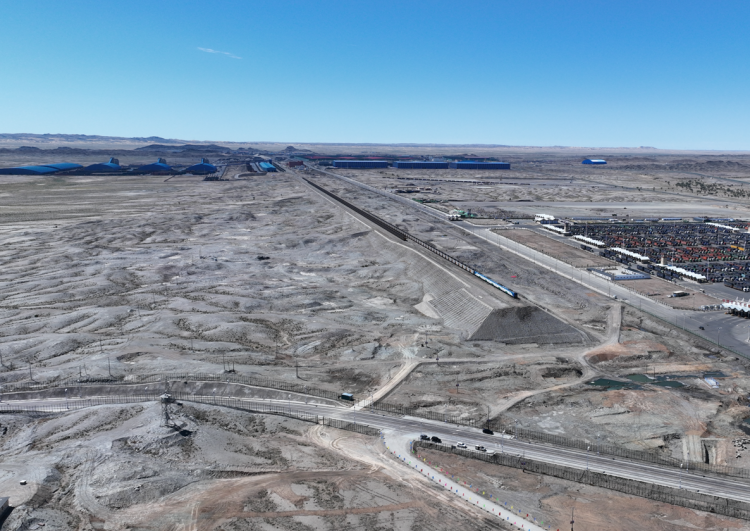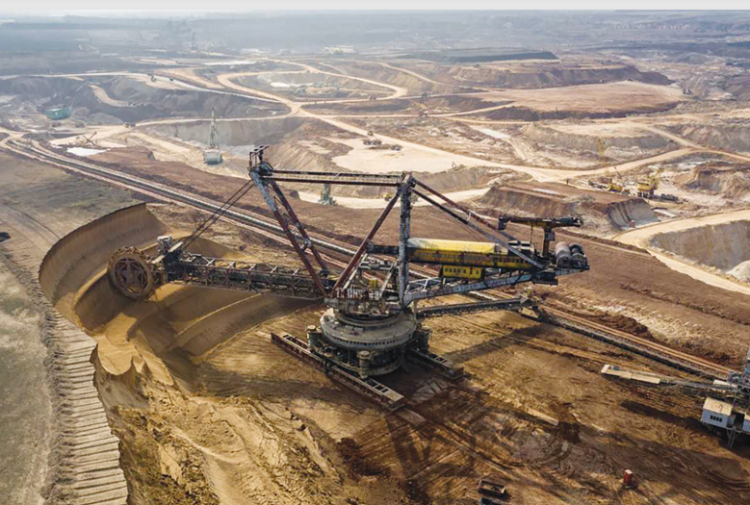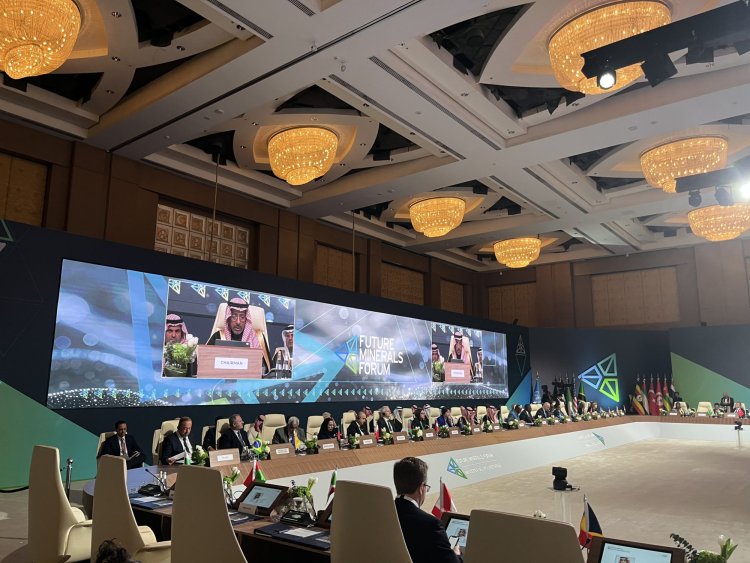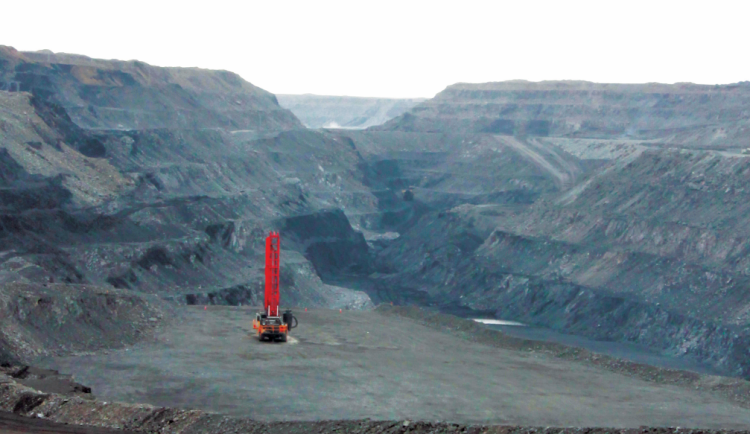The revision of the Law on Minerals has been in progress for over three years, following the establishment of a Working Group to draft a revision of the Law on Minerals under the Minister of Mining and Heavy Industry’s order No. A-332 dated December 25, 2020. Although the draft law has not been made public, it has been shared with industry stakeholders in a closed environment since the last month of the year. One year ago, Mining Insight reported significant changes to the revision. In the last month of the year, major changes were made to the draft law, which has been in development for more than two years.
However, in the process of change, the principle of mine closure, which was previously given great responsibility, has been weakened to some extent, and it can be said that it has retreated from its original purpose. Although only one change is highlighted here, the threshold for not opening irresponsible mining has become much weaker, and it seems to have lost its original purpose, despite the high hope that this change would reduce the mining industry’s most significant problem. Initially, the Working Group did not plan on expanding the number of strategically important deposits. However, this approach has since changed.
“When using strategically important mineral deposits, under the principle that natural resources are in the hands of the people, the law shall determine the legal basis for the majority of its benefits to be shared with the people.” This constitutional provision confirms the concept of a strategic deposit and was revised in 2019. Despite keeping the content of strategic deposits in the main law of the industry, the Working Group made a significant change in principle by limiting the number of deposits to 16 and radioactive mineral deposits as specified in Parliament’s resolution, without adding any more. This move was seen by mining investors and the industry as a major step forward. As a result, the Working Group introduced the term “strategic important mineral” in line with the global trend in the mining industry.
They signed an agreement for the use of such minerals and prepared a proposal for the State to own 15% of the project free of charge. Although the proposal was removed from the latest revision, the Minerals Law currently in force includes the definition of strategically important deposits with all relevant provisions presented in their original form without any changes.
One new provision that did not exist in the law before is that the government will approve the procedure for monitoring the use of strategically important mineral deposits, and the central state administrative organization in charge of geology and mining will carry out the monitoring. Given these developments, the question naturally arises as to why there is no plan to increase the number of strategic deposits.
The revision to the Law on Minerals aims to bring it in line with amendments and revisions to the Constitution of Mongolia, address inconsistencies and violations of laws related to mineral resources, and harmonize it with other laws and regulations, including the revised Law on the Administration and Territorial Units of Mongolia and their Management. The overarching goal of the reform is to promote smart reforms that can move the mining industry forward by eliminating ambiguities and uncertainties, regulating issues that hinder its development, and breaking out deadlocks. In 2007, the Parliament passed a resolution to bring strategic deposits into circulation, and successive governments have included it in their agenda. However, the mining industry faces a major obstacle today - a few frozen deposits that are not economically viable and have been given a strategic name only in a dream or on paper. As a deposit of strategic importance, it should be included in the legal environment because it is considered crucial for the country’s development.
These deposits are managed by the government on behalf of the people, and the people should benefit from them. Since 2007, only Oyutolgoi has received foreign investment, and 16 strategic deposits have been left untouched. Tavantolgoi is the only one that has been put into operation with domestic capacity. Unfortunately, corruption and distortion have plagued this important deposit operated by the government, as evidenced by the recent “Coal Theft” scandal. Mongolia makes important decisions based on strategy, but often at the expense of the economy, such as the case with strategic deposits. However, such decisions may inadvertently harm the economy, including those related to strategic deposits. These important deposits should be regulated by law as they are critical for the country’s development and are managed by the government on behalf of the people. Since 2007, except for Oyutolgoi, no foreign investment has been received for the 16 strategic deposits. Tavantolgoi is the only one that has been put into operation with domestic capacity.
Unfortunately, the issue of “Coal Theft” has surfaced, revealing corruption and distortion within the governmentoperated deposit. Numerous factors contribute to the stagnant and unproductive state of strategic deposits.
It is pointless to look back at the history of the 16 strategic deposits that do not align with their development strategy. When they are used, problems arise.
In some cases, investors have left Mongolia after ten years or more without reaching an agreement on the ownership of deposits that are ready for use. It is possible to categorize some of these deposits as strategic, but their potential resources for the country’s development remain untapped due to flawed policies. As a result, whenever the revision of the Minerals Law is proposed, the mining industry suggests measures to eliminate the hindrance created by strategic deposits, optimize the definition of deposits, clarify regulations, and even remove them from legal regulations. This has been the case for over ten years. Concurrently, the Investment Law is also undergoing revision, scheduled to be presented to Parliament soon. The draft law and the government’s policy aim to restore investor confidence and attract foreign investment to Ulaanbaatar. Mongolia’s natural resources are a key factor in increasing its visibility on the international stage.
To capitalize on this opportunity, Mongolian miners are actively seeking foreign investment in basic research and exploration by attending investor meetings and expos around the world. This will help attract interested investors from all over the globe. While seeking foreign investment is important, it’s also crucial to address the issue of unclear regulation of strategic deposits. This lack of clarity can limit investment opportunities and growth. High government leverage provisions can also discourage foreign investment. The fear that the state may take over large deposits if discovered can make both foreign and domestic investors hesitant and distrustful. Attracting investment in such an environment can be challenging.
The industry has been anticipating a revision for over three years that would reflect the most important element of development and the policy to identify minerals.
While there is a legal definition for “strategically important minerals” as those used in high-tech and domestic processing industries whose supply and demand may be at risk due to geopolitical and trade policies, there is no comprehensive regulation beyond the provision that the government will approve this definition and list. There is no clear policy outlined in the revision. The first version presented by Mining Insight magazine included more detailed regulations. For instance, the government would support geological and exploration research to increase important mineral resources and at least 30 percent of the annual funds spent on geological research from the state budget would be devoted to important minerals.
However, the policy on how the government will support the exploration and use of important minerals in areas where mining activities are prohibited has been removed from the latest version. Additionally, if strategic mineral deposits are used, 15 percent of the project will be owned by the State. This is an exception as the regulation of strategic deposits remains unchanged. The most important questions for our country remain unanswered: how to determine the critical minerals policy, what policies and principles will be used for the research, exploration, and exploitation of minerals included in that list, and how they will differ from other useful minerals. The project to revise the main law of the industry has been in development for almost three years with high expectations to break the deadlock and clarify the future long-term position. However, there is a significant difference between such crude and objective actions. The mining industry, which is currently stagnant, can move forward by implementing more sophisticated and efficient regulations. For this reason, there has been pressure for 3 years to update the law. Now, it’s necessary to reveal the developed project and hold a wide-scale industry discussion.
Mining Insight Magazine, January 2023



